Wildlife conservation: Top 10 animals to watch out for in 2023
- Published

The red bird of paradise is a majestic bird found in a handful of islands off West Papua in Indonesia. You can usually find them in rainforests but these are being destroyed for things like paper and palm oil, reducing the red bird of paradise's habitat. They are also at risk of being captured illegally and traded. Fauna and Flora International (FFI) are working with local communities to reduce the threats posed to this bird.
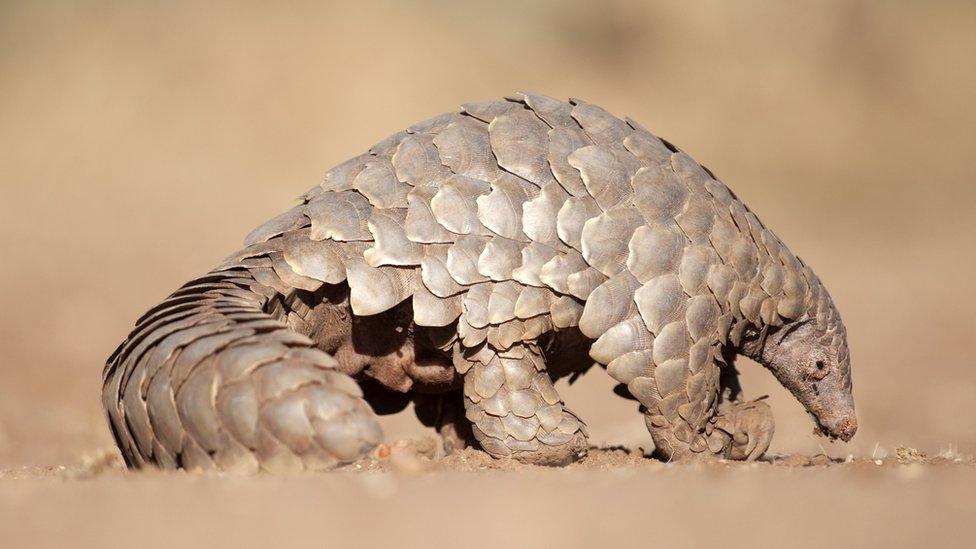
The African pangolin is a critically endangered species because their claws and unique scales are in high demand in the illegal wildlife trade. Conservationists are keeping an eye on the population of the African pangolins by tracking them in a new pilot project. It's hoped it will increase experts' understanding of how they use their habitat.
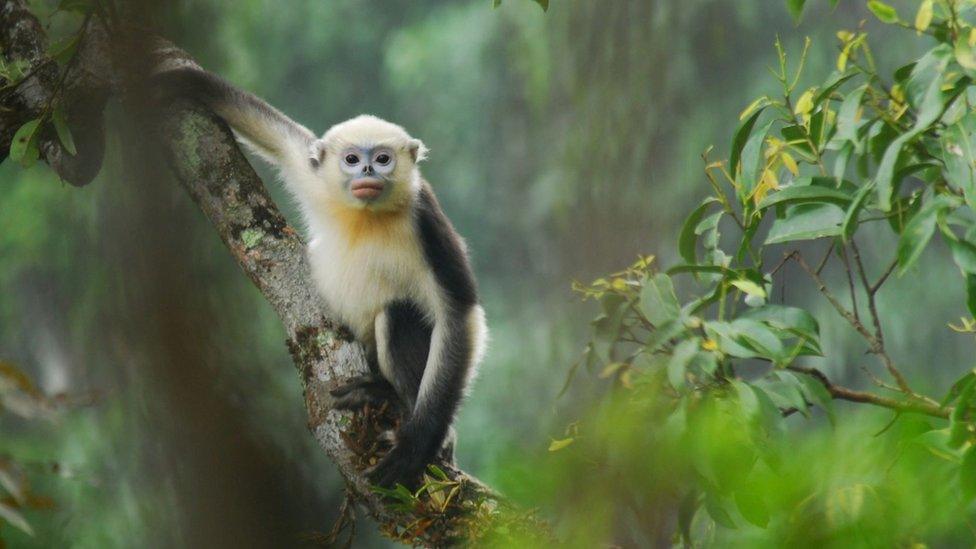
The Tonkin snub-nosed monkey is only found in a few isolated forests in northern Vietnam and is one of the most endangered primates in the world. Around 80% of the entire population of this species is found in a single forest! These monkeys are also threatened by habitat loss and hunting. FFI says it will be helping to search for them using drone technology and thermal cameras.
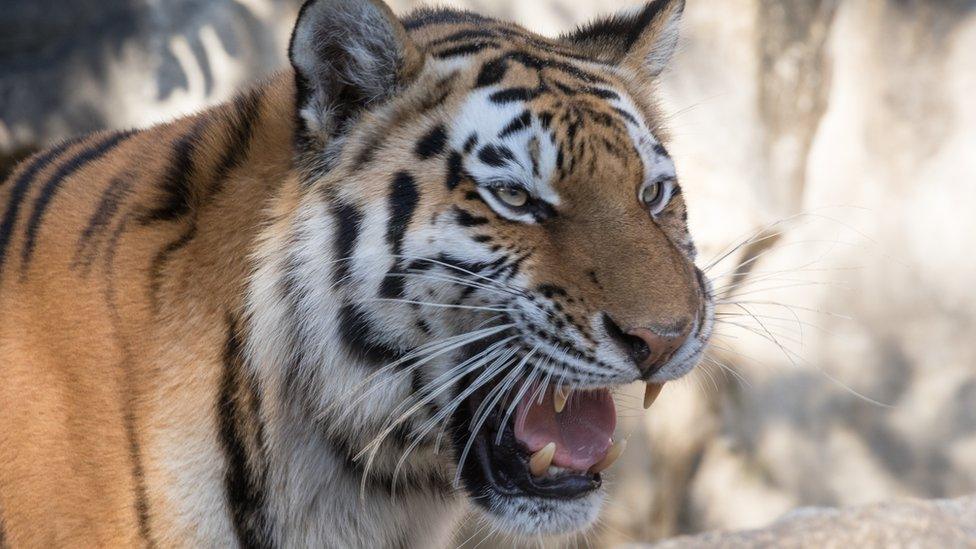
The endangered Indochinese tiger is one of six species of tiger still living in the wild today and they're in urgent need of protection. It's estimated there are just 221 of these tigers remaining in Thailand and Myanmar. FFI says it is working with the community in Myanmar to protect the tigers, their prey and their forest habitat which is crucial for breeding.
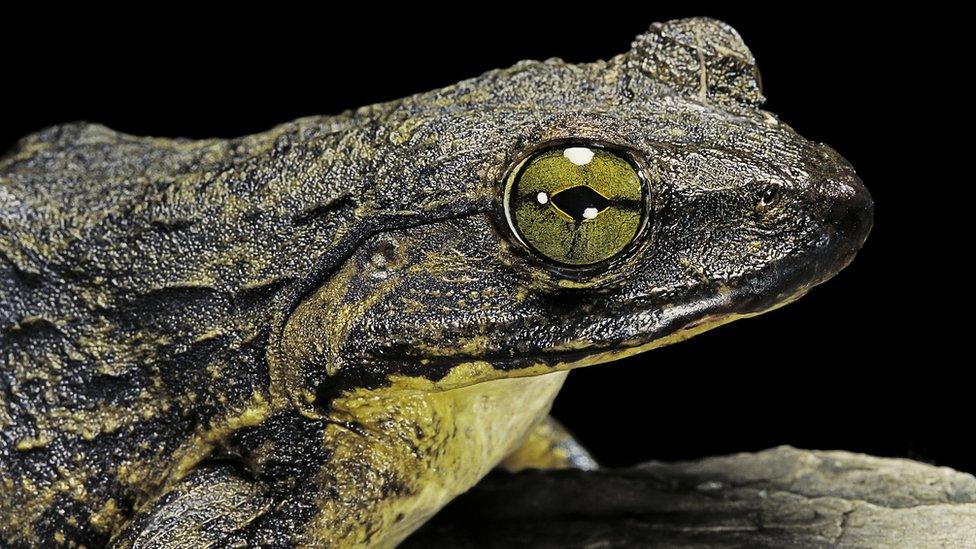
You might be able to guess from its name, but the Goliath frog is the largest of its kind and can reach a weight of up to 3kg or more - that's around the same weight a a rabbit or small dog! Despite its large size, the Goliath frog's population is declining thanks to habitat destruction and hunting. Conservationists will be spending 2023 talking to the community about these amphibians and conducting field surveys to help their population numbers.

They may look threatening to us but lemon sharks are a threatened species themselves. They're usually found in shallow warmer waters and can grow to be over 3 metres in length - that's bigger than the length of a ping-pong table! They use the waters around Cabo Verde - an island off the coast of West Africa - to breed. Experts are working to gather shark-related data from there to help shape conservation efforts in the local area.

There's already positive news for Menzbier’s marmot, who's population has increased by around 30% to over 16,000 in just two years thanks to conservation efforts. These squirrel-like mammals are only found in the Western Tien-Shan mountains in Central Asia. Predators like bears, wolves and lynx have also been spotted in the area, which suggests increasing marmot numbers here has had a positive effect for other species too.
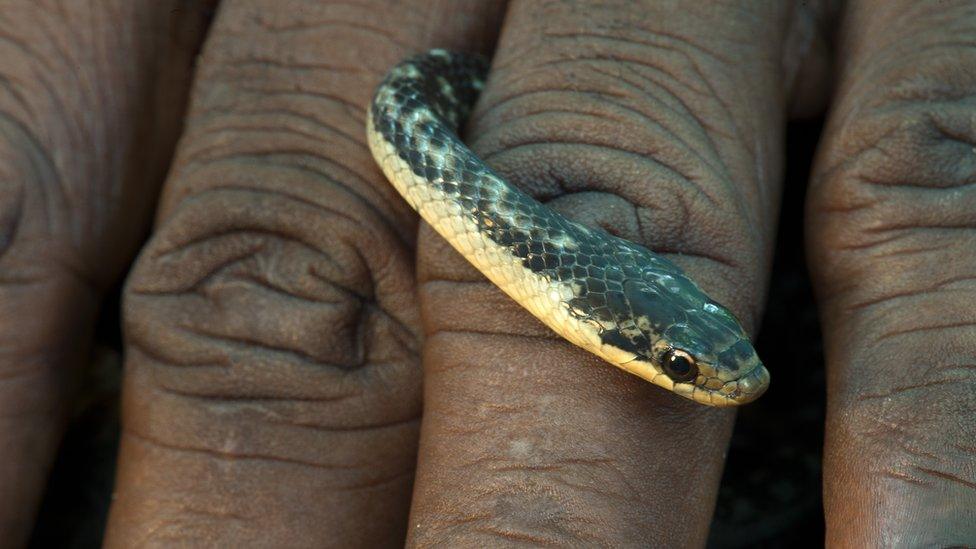
This could just be the world's rarest snake. Experts think the Saint Lucia racer population could be as low as 20 and is on the brink of becoming extinct. It lives on a tiny island off the coast of St Lucia in the Caribbean which is free of predators but something as simple as an invasion of rats or a big storm could spell disaster for the rest of the population. Local conservationists are making a snake sanctuary on the mainland to protect them.
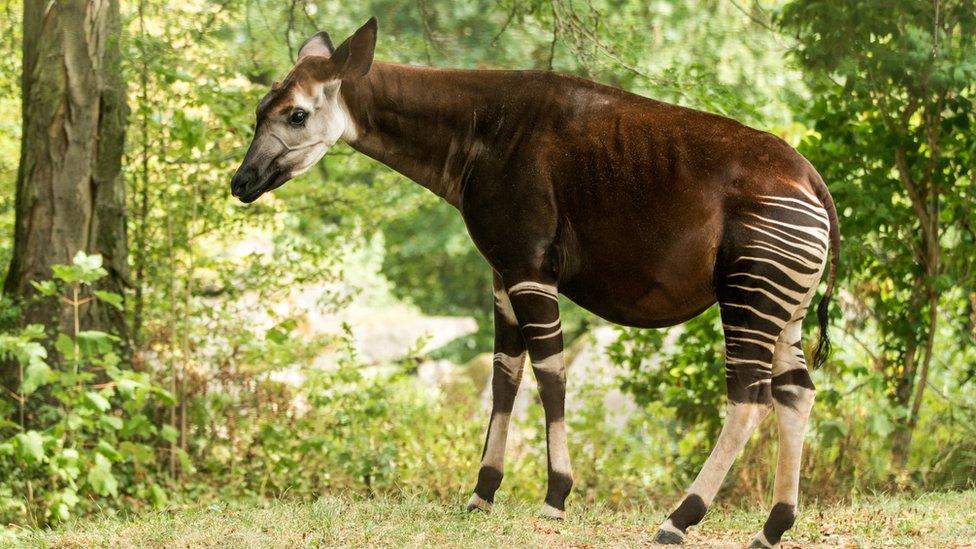
It might be giving zebra vibes, but the okapi is actually related to the giraffe! It lives in dense forest in the northeast of the Democratic Republic of Congo. The species is currently endangered due to illegal hunting and deforestation. The number of them in the wild is currently unknown and experts are studying how best to help them using camera traps to find out more about their lives.
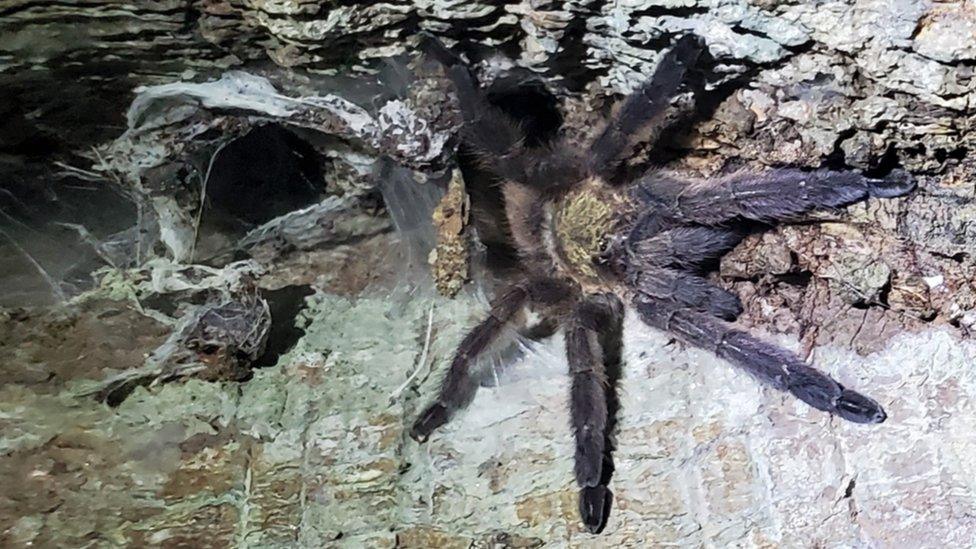
This special species of tarantula is only found in the Caribbean hence its name the - Caribbean diamond. In order for this spider to survive, its native forest in the Chatham Bay area needs to be protected.
- Published17 January 2023
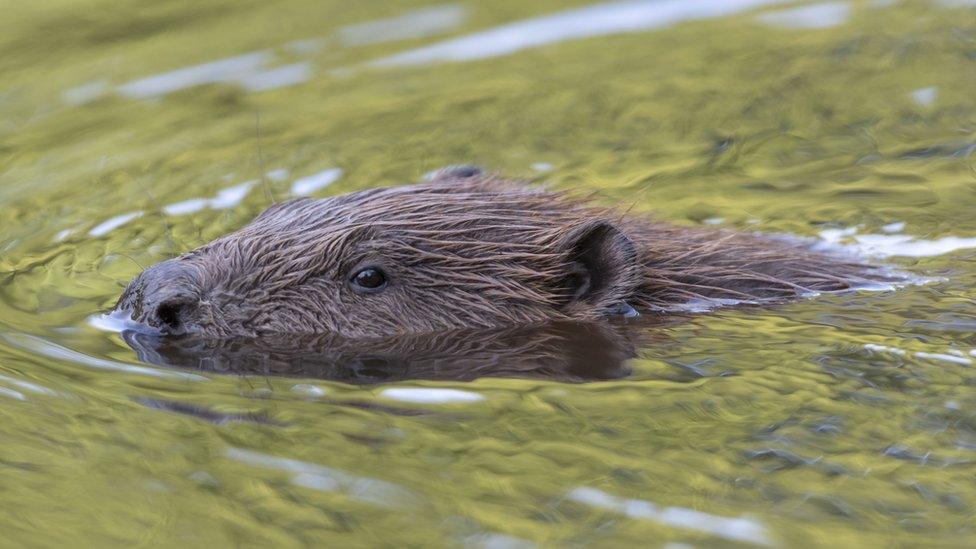
- Published12 January 2023

- Published15 January 2023

